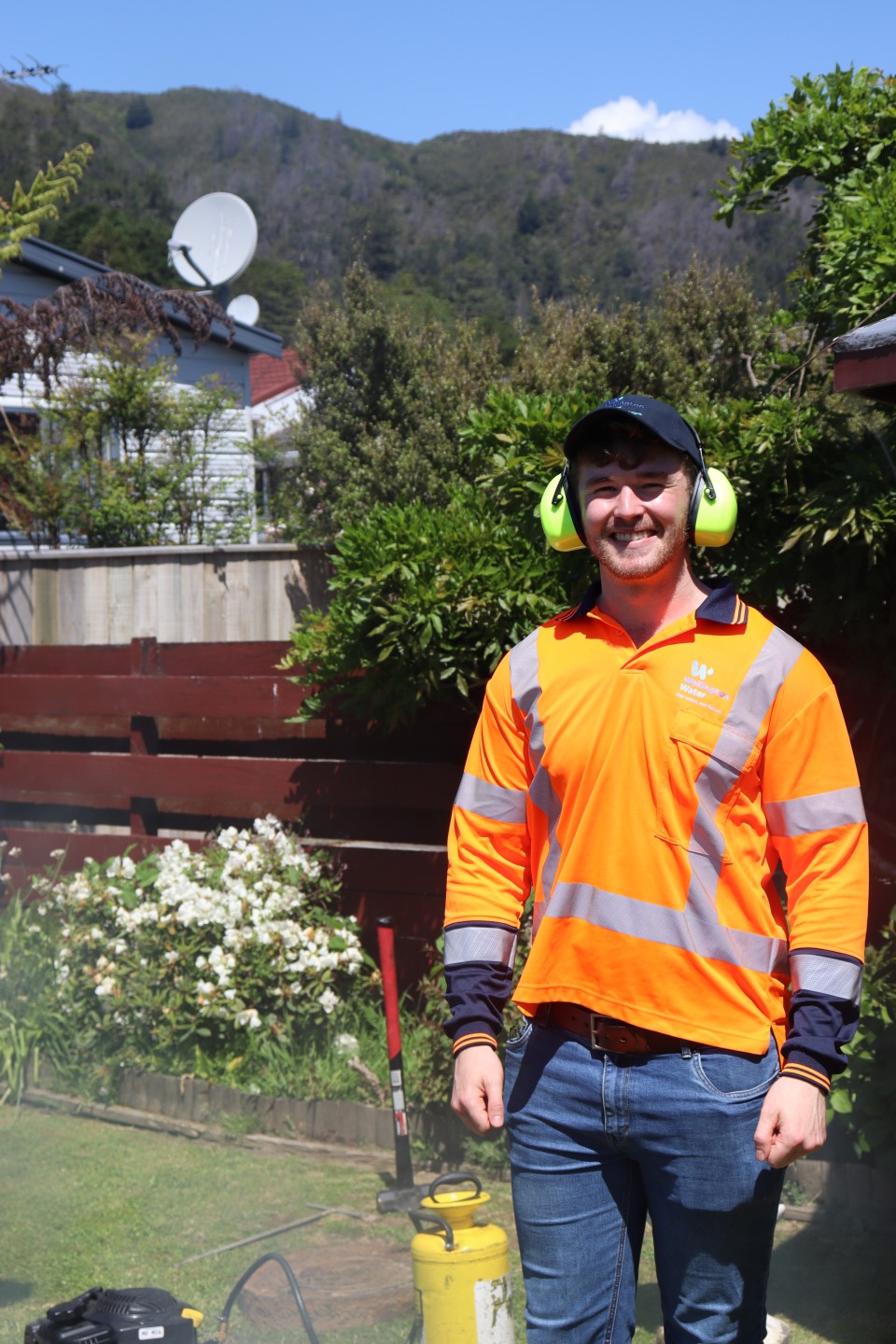Connecting to networks
If you are constructing a new house or building, undertaking a subdivision or changing the use of a building (such as from residential to commercial) then you may need to connect new private drinking water, wastewater and stormwater pipes to or from the public network. New works may also require disconnections from the three water networks.
Depending on the type of project or subdivision being undertaken, the Regional Standard for Water Services requirements, your Building Consent, or your Resource Consent conditions will guide you on the type of connection(s) you will need.
How do you know if there are capacity issues that may affect new connections to the network?
Each section of the existing drinking water, wastewater and stormwater networks was designed and built to service expected levels of development and standards of the time they were built.
In some areas demand on a network is now greater than the network was designed for or service levels have changed. The network you wish to connect or discharge to (or network downstream of this point) may have capacity constraints or issues that may affect your ability to make a direct connection.
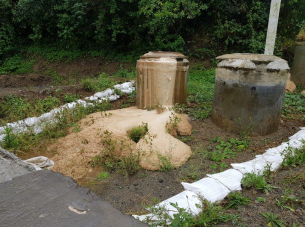
|
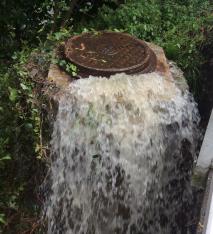
|
When considering new connections to the three waters networks you should contact the Wellington Water Land Development team for information regarding potential issues and requirements.
Please email the Land Development Team at land.development@wellingtonwater.co.nz with the following information:
- Address of the site or property for the new connections.
- Works being considered:
- new house(s) or building(s);
- addition/s to existing buildings; and/or
- subdivision and number of lots.
- Network(s) to be connected to: drinking water, wastewater and stormwater.
The Land Development team will then get back to you about any known issues and network restraints that may affect your project, and provide guidance on the next steps and requirements. An example is that in order to connect to a wastewater network with known capacity constraints you may need to achieve wastewater control.
How do you find out about flooding in an area?
Stormwater pipes are limited in their capacity and ability to deal with extreme events. Because some stormwater pipes and watercourse can sometimes only cope with smaller events, there may be areas that flood during heavy rain events. To avoid the risk of flooding houses or damaging properties, it is important to understand the risk of flooding on your site.
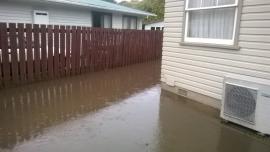
|
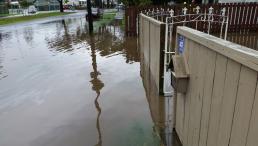
|
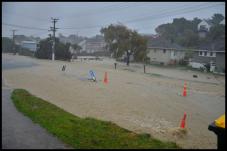
|
The risk of flooding or flood hazards for some areas can be found through The Regional Water Stormwater Wastewater App. Currently some information is available for Wellington City, Johnsonville, Karori and Tawa, and Porirua. These areas have been identified through modelling or historical flooding incidents. Other areas will be added as modelling is completed.
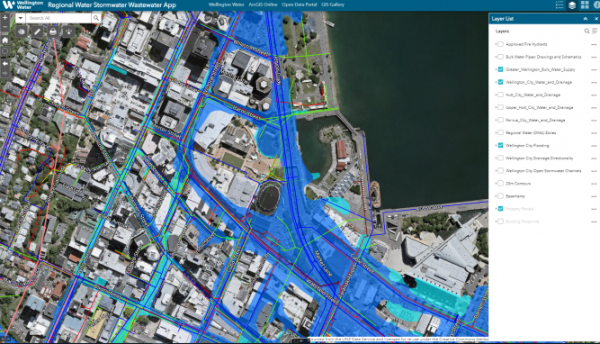
The Greater Wellington Regional Council Flood Hazards Mapping Site contains all publicly available flood hazard information for rivers and streams in the Wellington Region.
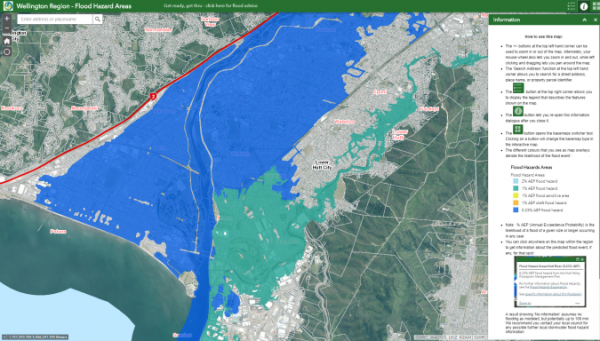
Floor levels of a building are a critical flood protection mechanism and minimum floor levels may apply at your site. Some areas may have overland flow paths that must not be blocked or constricted. It may also be that the effects of development on stormwater discharges within these areas need to be managed for stormwater neutrality.
Please contact the Wellington Water Land Development Team at land.development@wellingtonwater.co.nz for advice on minimum floor levels and if stormwater control/stormwater neutrality is required.
How do you apply for approval for new connections to the networks?
Applications and payment to connect or disconnect to the public water supply, wastewater or stormwater networks are made through each Council and then processed by Wellington Water.
Specific applications to connect to the network are needed even if you have already applied for or obtained a Building Consent or Resource Consent. Please be aware that alterations and new plumbing and drainage work will likely require that you are granted a Building Consent before you start work and before making an application to connect to the network. If in doubt, you should speak with the Building Control Team at the Council where the work is proposed to be located.
Applications for connection can be sourced from the respective Council in the area you are looking to connect to the network.
Note that there are two separate forms:
- Water Supply Connection Form
- Drainage Connection Form (Wastewater and Stormwater)
Links to application forms:
- Wellington City Council: Water Supply Connection Form, Drainage Connection Form
- Porirua City Council: Water Supply Connection Form, Drainage Connection Form
- Hutt City Council: Water Supply Connection Form, Drainage Connection Form
- Upper Hutt City Council: Water Supply Connection Form, Drainage Connection Form
- link to South Wairarapa District Council forms can be found here
In addition to a completed and signed application form you will be required to provide the following information:
- Building consent or resource consent number
- Name and contact details for your drainlayer/plumber
- A plan showing the proposed works/site
Processing of Application
Once an application is forwarded to Wellington Water by Council it will generally take up to 3 weeks to be processed.
Approved applications will contain a set of conditions that must be complied with, including requirements for inspection and as-built drawings.
Physical Connections to the water supply network
Following approval of your application to connect to the water supply network, it is your responsibility to engage an approved contractor to do the physical connection.
- List of approved contractors
- For new water connections for residential properties your contractor will need to install a new water manifold (toby) when installing a new water connection to the public water supply main
- For new water connections for commercial properties your contractor will need to install a new water meter and a backflow preventor.
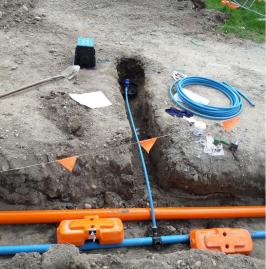
How are physical connections to the drainage networks done?
For new connections to the drainage networks in Hutt City, Upper Hutt City, Porirua City and South Wairarapa the physical connections to the drainage system must be undertaken by a registered drainlayer, and inspected by Wellington Water. It is your responsibility to engage a registered drainlayer to do the physical connection and arrange for Wellington Water to undertake the required inspections.
For new connections to the drainage networks in Wellington City a registered drainlayer constructs the new pipework to and exposes the main or connection point, but the physical connection to the public wastewater and stormwater networks is made by Wellington Water. It is your responsibility to engage a registered drainlayer to do the physical works up to but not including the connection and arrange with Wellington Water to undertake the required connection works and inspections.
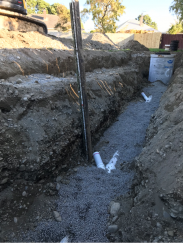
|
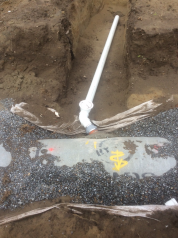
|
Avoid cross-connections!
Unfortunately, a common mistake with residential plumbing and drainage works is connecting wastewater (sewer) pipes into stormwater pipes or stormwater pipes into the wastewater system. This is known as cross connecting and it can result in serious adverse effects on public health and the environment.
-
A common source of cross connections is a downpipe diverted into the gully trap (a drainage vent usually covered with a small grating and located against the outside of a house, near the kitchen, laundry or bathroom).
-
Stormwater in the wastewater network increases the volume at the treatment plant by up to five times dry-weather levels. It can overload the plant, leading to a discharge to sea of only partially treated water.
-
Wastewater connections to stormwater pipes have an equally harmful impact. Due to a faulty connection or leaks, wastewater can overflow and end up in the stormwater system, which transports directly into our streams, rivers and the sea.
-
One way to help keep our streams, coast and harbours clean for generations to come is to ensure there are no cross connections on your property, as they are illegal.
The two networks are separate, and it is the property owner’s responsibility to ensure they stay that way. Make sure you and your tradesperson connect the right pipes to the right network.

